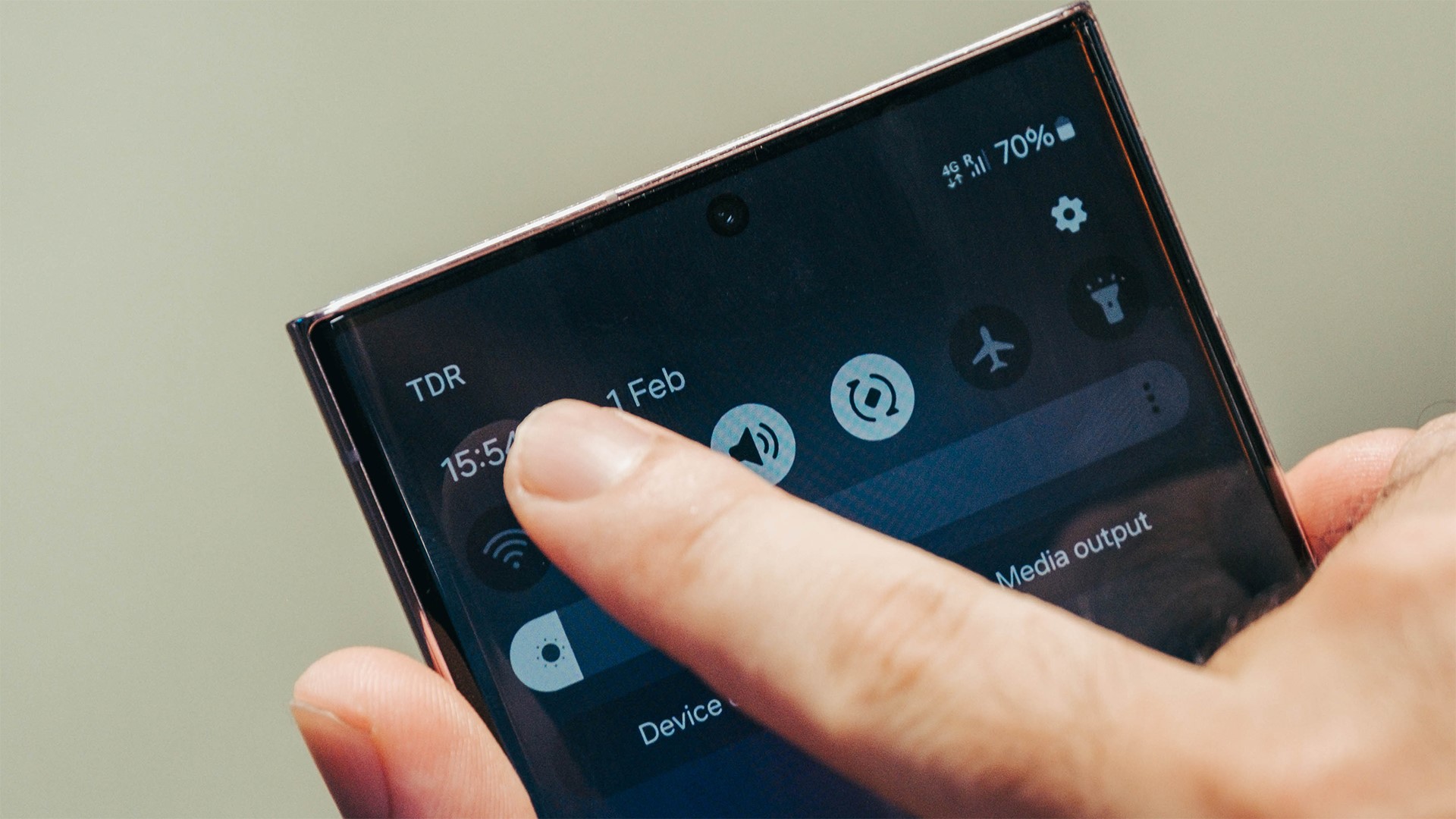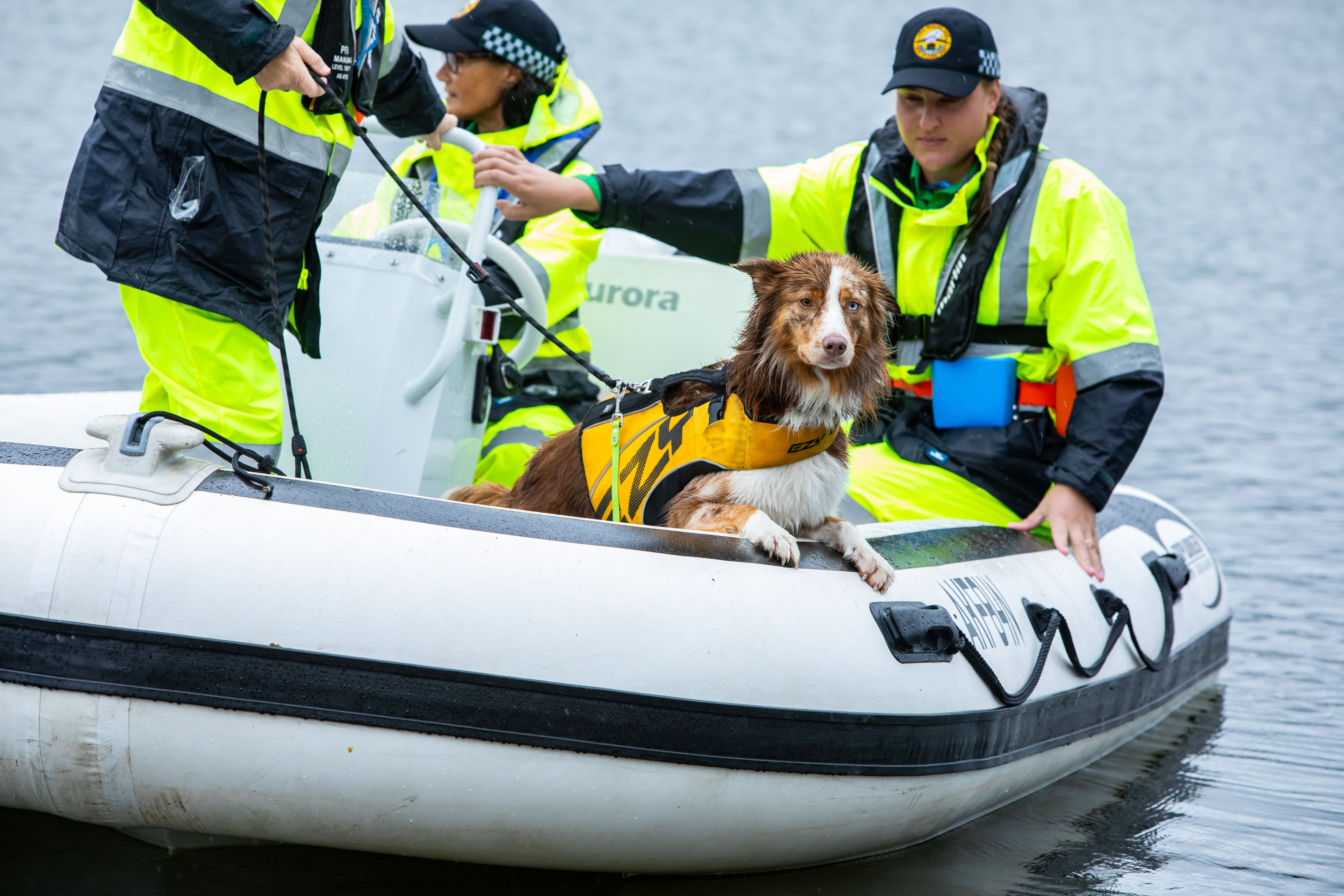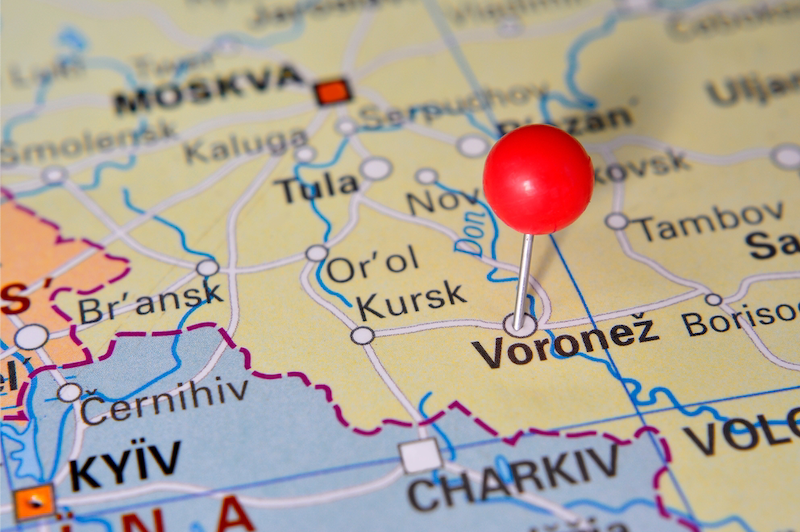
A simulation of emergency mobile device roaming by Telstra earlier this week ran with input from other telcos, though they did not directly participate.

Telstra has been working with the government, TPG Telecom and Optus on a temporary disaster roaming (TDR) solution since March last year.
The carrier then announced in November that it would test temporary disaster roaming (TDR), in response to an ACCC call for the capability.
It has now run a simulation in a 5G innovation centre on the Gold Coast.
“We started with a device on a mock network, and then simulated that network going down due to a disaster,” Telstra said.
“We then simulated the temporary disaster roaming functionality, which allowed the device to roam onto our network and connect.”
A Telstra spokesperson told iTnews the solution in the test was “collaboratively developed with the other carriers”.
“Making TDR a reality is a collaborative effort and we’ll be sharing the results the other carriers and government as part of our ongoing discussions”, the spokesperson added.
The simulation tested the Telstra 4G network’s ability to accept the Public Land Mobile Network (PLMN) code broadcast, and register the mobile sending the code on its own network.
The PLMN code is a five- or six-digit code identifying the country, and which mobile network the mobile device is part of.
While that seems simple enough, implementing temporary roaming adds complexity.
iTnews understands the carriers need to broadcast a network code that’s unique to the sites impacted by a natural disaster.
The network receiving this TDR network code would check if the customer’s network were absent, and if so, devices would connect to whoever’s TDR network is available and activated.
Like international roaming, this requires carriers to have a prior agreement in place.
The protocols for enabling a TDR network at affected sites is part of the negotiations between carriers and the government.
The carriers are yet to test traffic management in TDR events.
Telstra told iTnews with the roaming functionality tested, “more work will need to be done to predict and manage impacts on the live network. This will be done in collaboration with the other carriers.”
Executive, network technology development and solutions Channa Seneviratne called the simulation a “critical first step in showing that temporary disaster roaming is feasible.”
“We will continue to work with other network providers and the government to explore the feasibility of implementing the temporary disaster roaming, and develop that industry solution,” Seneviratne said.









